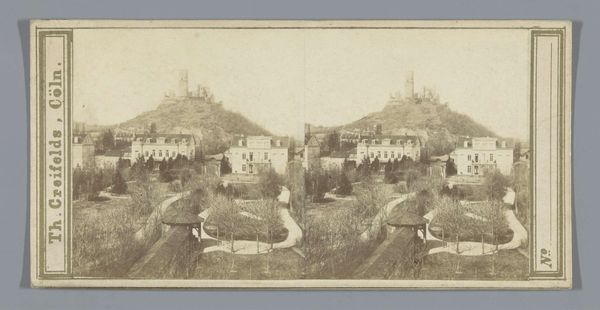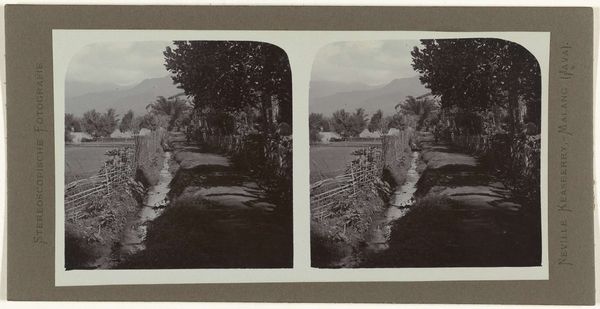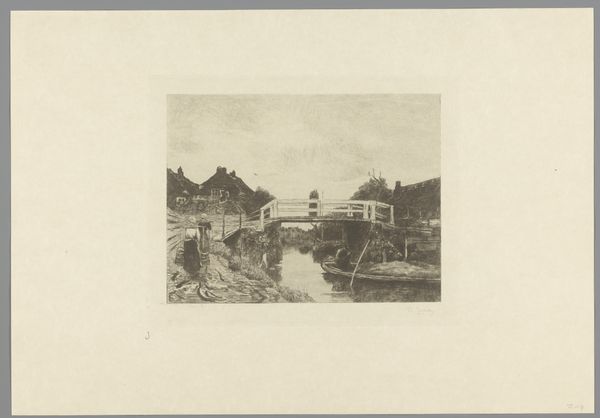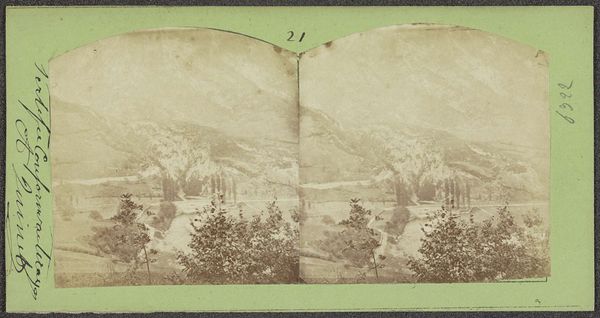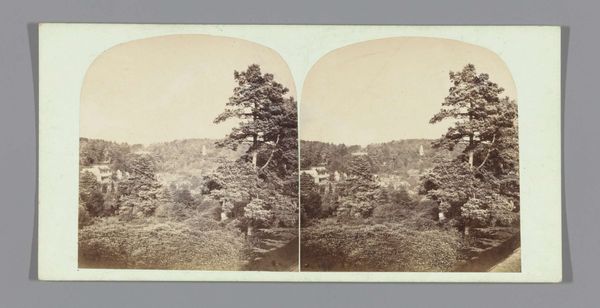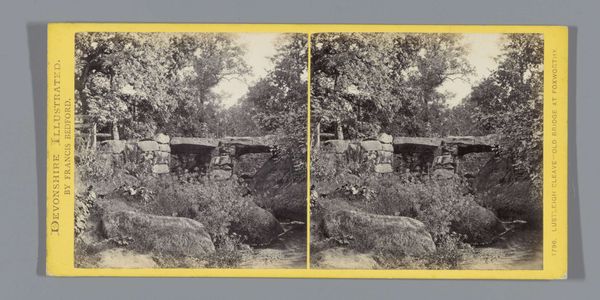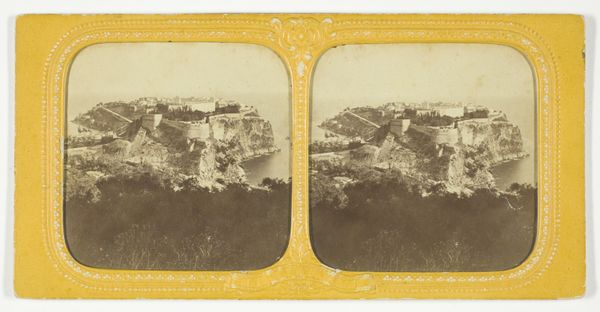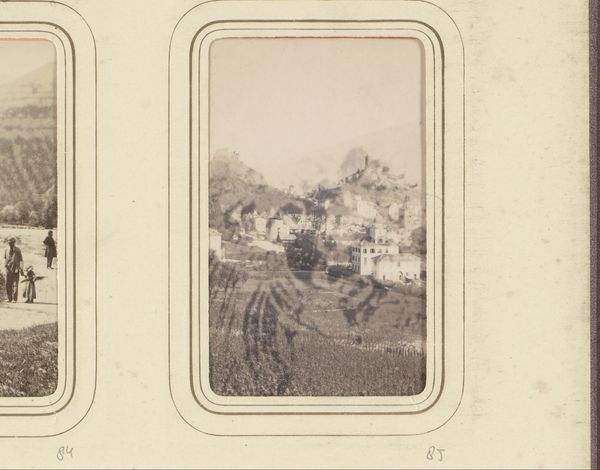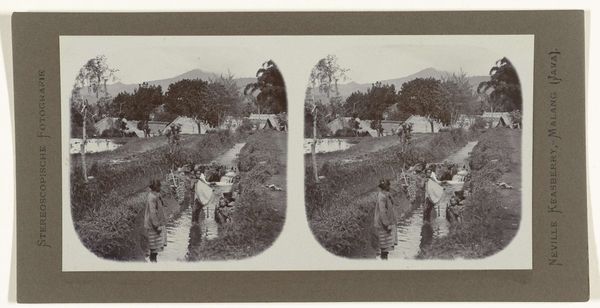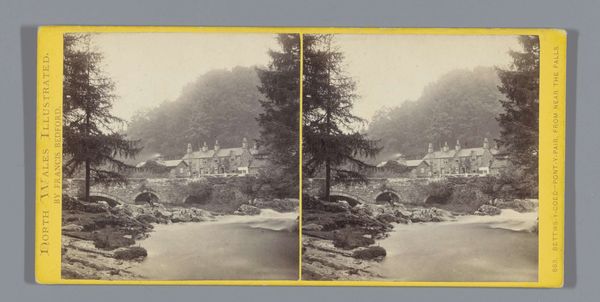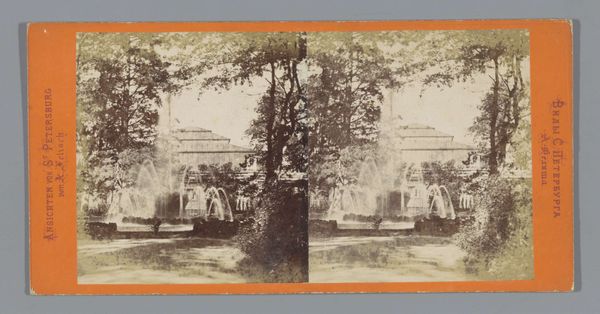
print, photography, sculpture
# print
#
sculpture
#
asian-art
#
landscape
#
photography
#
sculpture
Dimensions: height 76 mm, width 152 mm
Copyright: Rijks Museum: Open Domain
Curator: Let’s turn our attention to this stereoscopic photograph taken by Neville Keasberry sometime between 1911 and 1935, depicting "Een ruïne van een Hindoetempel voor badhotel Songgoriti"—that’s “A ruin of a Hindu temple in front of the Songgoriti bath hotel" in Dutch. Editor: My immediate impression is a powerful sense of contrasts. We have the crumbling ruins of a temple juxtaposed with what appears to be a very European-looking hotel in the background. The ruin feels organic and chaotic. Curator: Exactly! It speaks volumes about the colonial gaze and the appropriation of indigenous culture for leisure and commerce. The temple's ruin becomes a romantic prop, doesn't it, overshadowed by the hotel's imposing structure, its neat, orderly design representative of colonial power asserting itself onto the landscape? Editor: The photo, then, becomes a visual representation of power dynamics. The choice to foreground the ruins emphasizes the decay of indigenous history, while the hotel stands as a symbol of Western dominance, quite literally built upon the past. Did Keasberry’s other photography also deal with similar themes? Curator: Keasberry worked across Java in the early 20th century. His photographs, while documenting places, offer insight into the socio-political climate, as tourism emerged within these colonial territories. How do you feel this impacts the community presented within the photo, not just as objects for photography, but as witnesses to their past, repackaged for European travelers? Editor: I wonder about the absence of people in the photograph itself. The narrative focuses only on structures. Whose perspective is truly amplified here, with all their layered complexities, not reduced and neatly defined by a ruin or a hotel. Curator: That’s a point well worth emphasizing. We can use such insights to reflect how photography at the time, especially in a tourist format, captured and circulated imbalanced ideas on landscape, culture, and power. Thank you! Editor: It helps unpack the many assumptions embedded in the colonial vision! Thank you as well!
Comments
No comments
Be the first to comment and join the conversation on the ultimate creative platform.
